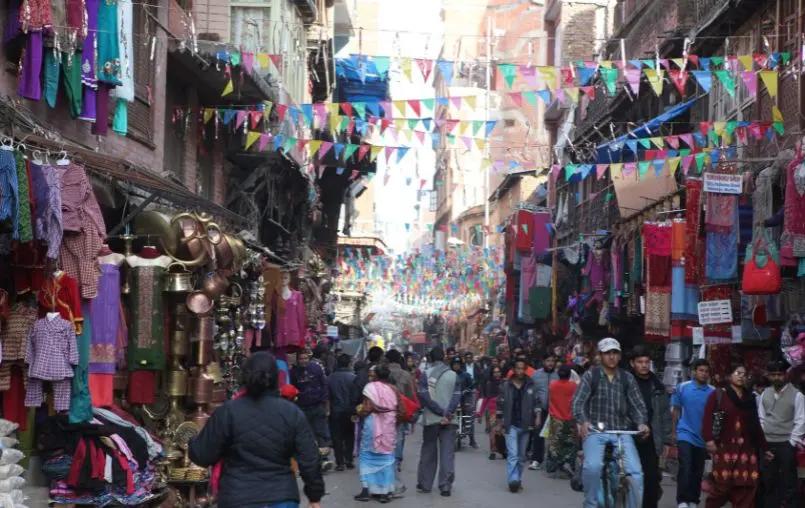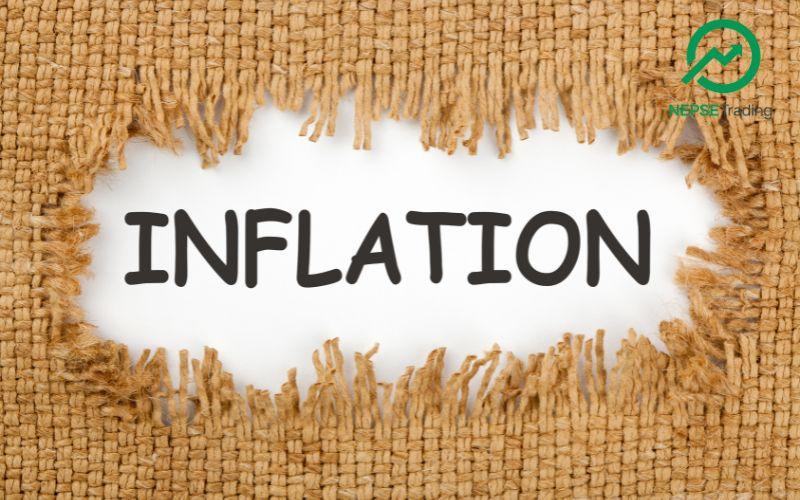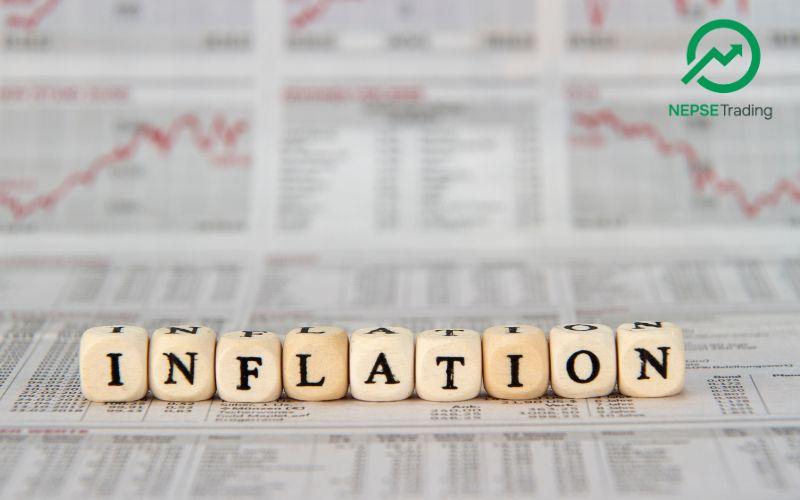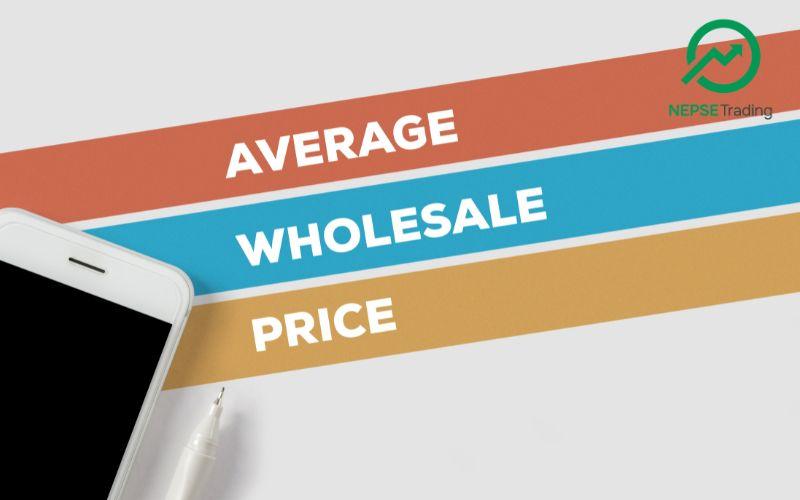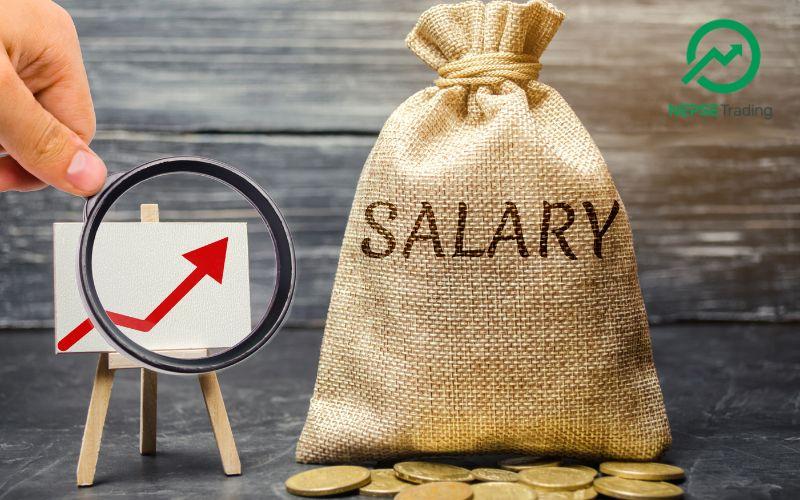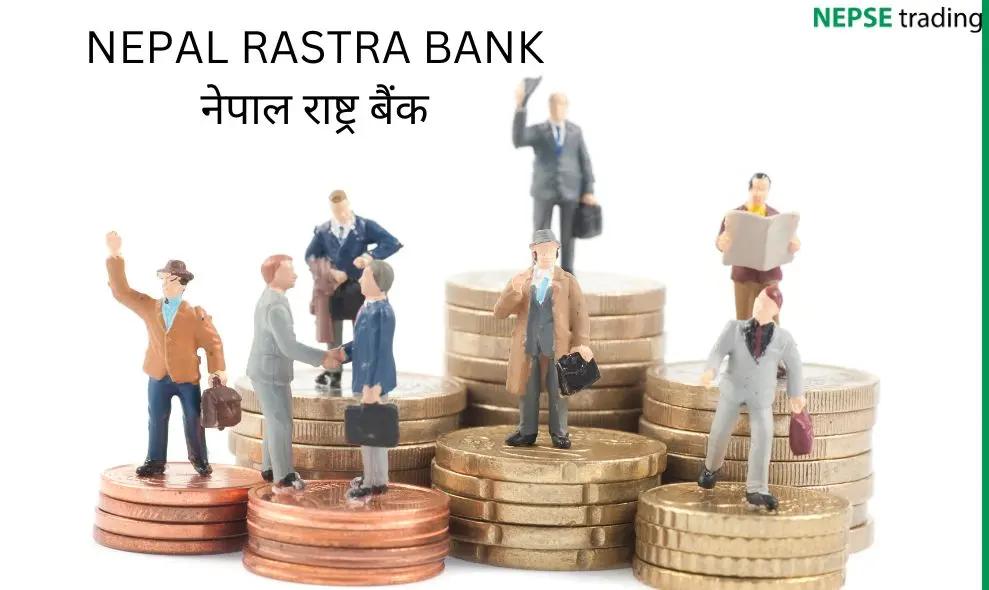By Dipesh Ghimire
Sudurpashchim’s GDP Estimated to Reach Rs. 430 Billion, Agriculture Remains the Dominant Sector

Sudurpashchim Province’s Gross Domestic Product (GDP) is projected to reach Rs. 430 billion in the current fiscal year 2081/82, according to the latest Economic Activity Study Report published by Nepal Rastra Bank. The report estimates the province’s economic growth rate at 3.28 percent, reflecting a modest but stable economic expansion at a time when national growth remains subdued.
Preliminary estimates indicate that Sudurpashchim Province will contribute 7.03 percent to Nepal’s total GDP this fiscal year. The province’s share in the national economy remains broadly similar to previous years. Based on the Broad Industrial Classification, agriculture continues to dominate Sudurpashchim’s economic structure, contributing 34.72 percent, while the administrative and support services sector holds the smallest share at 0.13 percent.
In terms of growth at basic prices, the report projects a 2.82 percent increase in the primary sector, 2 percent in the secondary sector, and 2.9 percent in the tertiary sector. The industrial sector continues to expand at a slower pace, largely due to weak demand and underutilization of installed capacity. The services sector, on the other hand, maintains a slightly stronger momentum and remains a stabilizing force for the provincial economy.
Agriculture production recorded a notable expansion during the review period. The cultivated area for major crops increased by 2.16 percent, while total output rose by 2.77 percent. Among major food and cash crops, oilseed and potato production grew significantly by 18.89 percent and 16.11 percent, respectively. However, buckwheat production saw a sharp decline of 77.88 percent, suggesting climatic challenges and changing cropping patterns in high-altitude regions. The livestock sector also posted positive growth, with fish, meat, wool, and egg production all rising.
Credit flow to the agricultural sector, however, has not followed the same upward trend. Only 10.14 percent of the province’s total credit was directed to agriculture, and agricultural lending decreased by 3.41 percent to Rs. 15.96 billion by the end of Asar. Analysts suggest that farmers’ reduced demand for loans, rising credit risks, and tighter lending criteria may have contributed to the decline. In contrast, credit to the industrial sector increased by 4.37 percent, reaching Rs. 26.72 billion.
The industrial sector continues to face structural challenges, with average capacity utilization standing at just 34.47 percent. Declining domestic demand, rising production costs, and supply-side bottlenecks have constrained manufacturing activities. Tourism indicators also remain weak, with the average occupancy rate of the surveyed 10 hotels at 36.40 percent, indicating that tourism recovery is yet to reach pre-pandemic levels.
The real estate sector, however, shows strong activity. The number of land and property registrations rose by 37.50 percent, and registration revenue increased by 37.62 percent, signaling heightened investment interest and household spending power. Banking indicators present a mixed picture: total deposits collected by banks in the province increased by 16.30 percent, while loan expansion remained limited to 2.98 percent, reflecting continued caution among lenders and subdued borrowing demand.
The transport sector saw a sharp increase in vehicle registrations, rising by 35.07 percent compared to the previous year. This growth points to improving household purchasing capacity and increased mobility across the province. On the fiscal front, the Sudurpashchim Provincial Government spent 75.66 percent of its recurrent budget and 66.47 percent of its capital budget. Capital expenditure below 70 percent suggests persistent delays in project implementation, procurement processes, and administrative efficiency.
Overall, Sudurpashchim Province’s economy continues to be shaped by an agriculture-centric structure, a steadily growing services sector, and an industrial sector struggling to gain momentum. While agricultural output and real estate activity offer positive signals, low industrial capacity utilization and declining agricultural credit highlight underlying weaknesses that could hinder long-term, sustainable growth.


